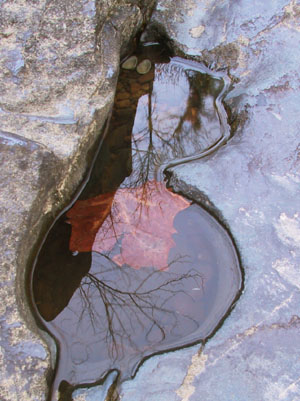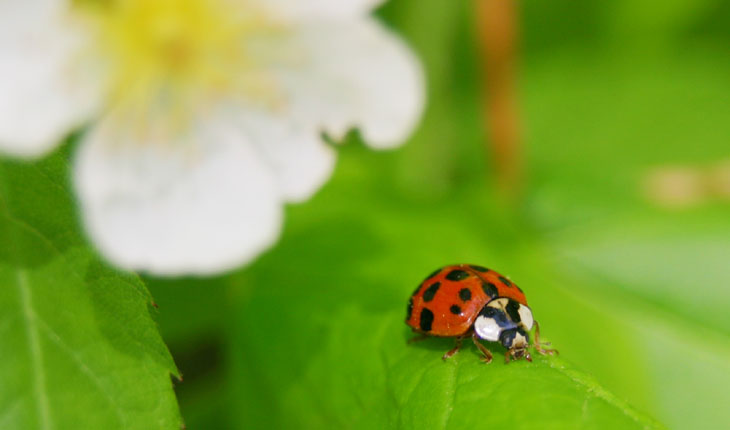It’s funny, now that I think about it, that I haven’t tackled this subject here before. I mean, what’s a blog for?
The photographer part of me has this little hate-affair with the “art world.” While opinions vary a great deal, it isn’t hard to find the prejudice that photography is not art, and this is distinctly noticeable right where I live, in a community that considers itself supportive of the arts. Heaps of rusty scrap metal welded together into a shape vaguely reminiscent of something else is considered “art” sooner and much more often than photography, and the town art council seems to specialize in promoting pottery out the wazoo. Yet in the past year, I’ve seen them feature only one photography exhibit, and only two photographers are ever listed in their studio tours featuring roughly fifty artists – but you can see as many bowls as you’d like!
Now, I’m a fair guy, and it isn’t up to me to define what someone else should like. I’ve seen some wonderfully creative uses of pottery and scrap metal, but to consider them more valid than photography? Am I missing something?
I’m going to offer a bit of perspective, portions of which I’ve mentioned briefly elsewhere. Many people think photography takes little talent, and is simply copying what already exists – “the sunset was there; all you did was take a picture of it.” Yet if that was all there was to it, I wouldn’t be seeing the huge selection of shitty images that I do, wouldn’t you think? I wouldn’t spend my time teaching people how to compose their images, recognize how the contrast and light angles work, and critiquing approaches.
As an example, I could point out how painters can put their image elements together any damn way they please, leaving out what they don’t like, and representing a situation that never actually existed. If they want an eagle soaring against the sunset where you can still see detail in the shadowed side of the bird, no sweat! And it is even considered creative to paint a frog or lizard in some colors that could never occur in nature – a painter can get credit for ridiculous inaccuracy! It’s all good, because it’s “art.”
 Yet, the photographer can only work with what’s present (we will ignore the studio photographer for the time being, and the select few who do digital composites and crap like that.) They’re handed a collection of elements almost totally out of their control, and they have to portray them in a manner that still produces a strong image. They usually cannot choose a background or foreground, and cannot leave out nonartistic elements except for selectively cropping them from the frame. They may wait for the right light, the right clouds in the sky, the right position or expression of their subject. They might seek a different vantage point that produces the right background or contrast (or reflection,) or use camera technique to purposefully blur or soften elements and draw attention to their subject. And in many cases, a particular aspect of their subject existed for fractions of a second only, and they had to anticipate this and capture it at its ideal time. Good photographers actually have to know something about art in the first place, in order to put all of the above actions to good use.
Yet, the photographer can only work with what’s present (we will ignore the studio photographer for the time being, and the select few who do digital composites and crap like that.) They’re handed a collection of elements almost totally out of their control, and they have to portray them in a manner that still produces a strong image. They usually cannot choose a background or foreground, and cannot leave out nonartistic elements except for selectively cropping them from the frame. They may wait for the right light, the right clouds in the sky, the right position or expression of their subject. They might seek a different vantage point that produces the right background or contrast (or reflection,) or use camera technique to purposefully blur or soften elements and draw attention to their subject. And in many cases, a particular aspect of their subject existed for fractions of a second only, and they had to anticipate this and capture it at its ideal time. Good photographers actually have to know something about art in the first place, in order to put all of the above actions to good use.
I would probably be fine with this and simply shrug it off, if it didn’t affect where and how I can market my images – too many venues are closed off from public appreciation by the director who fancies themselves in some way arteestique, and is thus dismissive of photography. Far too often, when it is included, only black & white is permissible, for reasons that have yet to be demonstrated. I have to admit to no small amusement when seeing what passes for art sometimes, especially in regards to depicting animals; I recently came across a painting for sale that I was surpassing in talent in sixth grade art class.
What’s more amusing, I think, is that far too much of art is defined by how much utter bullshit the artist can produce when describing it. A wall hanging of egg cartons and soda straws might be described as “the juxtaposition of spiritual alignments allowing the essence of mind and surroundings to unite,” but I’m pretty straightforward about it myself – it’s egg cartons and soda straws, even when painted brown. I’m all for seeing the metaphor in certain elements, and actually teach my students to look for them. But it is not a metaphor if you have to tell me that it is, and the addition of artistic buzzwords does not elevate some piece higher – call me a spoilsport. The cloying pretentiousness of the art world is astounding sometimes.
It’s not a big thing, since I generally don’t “do” art, but work instead on interest and illustration. Yet I frequently take the time to put an image together in a pleasing, compelling, and artistic way – there’s no reason one cannot have both illustration and composition. My creative tendencies as a youth were channeled into photography instead of painting or drawing (though I still chase model-building from time to time.) I just find it funny that photography still gets short shrift when someone that glues broken glass together into bizarre shapes is considered “legitimate.”
Then again, maybe it’s because photography is too realistic, and doesn’t leave much room for imagination when describing it. No one needs to be told what they’re looking at, so there’s little opportunity to spew some existentialist post-modern interpretation of swirling colors.
Whatever, I’m not going to change it. I do what I like, and if someone else likes it too, great! Whether it falls into some specially defined category or not doesn’t alter it, though if someone’s perception of it is altered by such a category, well, that’s their issue. I’m sure someone can make up a description for that, too ;-)





















































